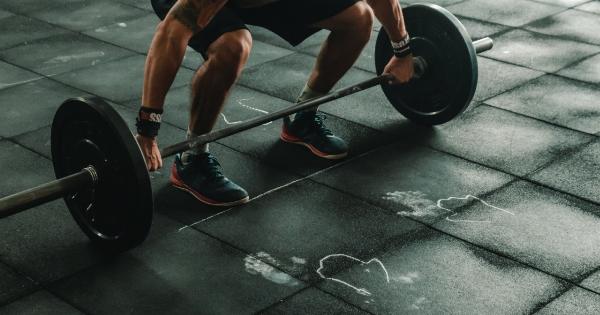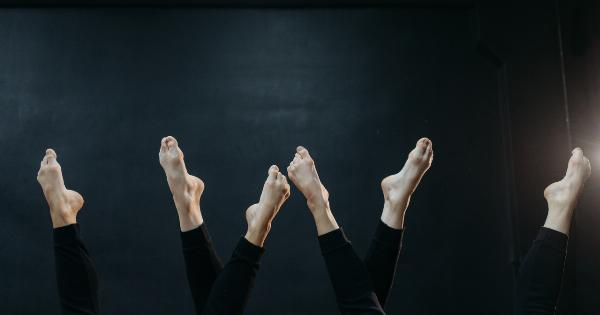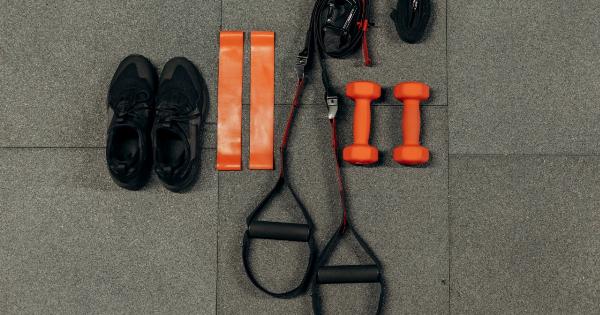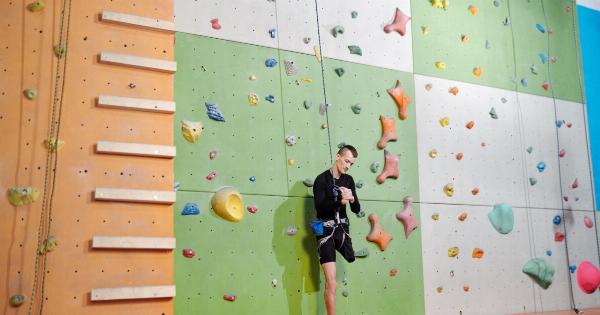Strong legs are the foundation of a healthy and active lifestyle. Whether you’re an athlete, a fitness enthusiast, or someone who simply wants to maintain good health, having strong legs is essential.
Unfortunately, there are several common practices that can sabotage your leg strength. In this article, we’ll explore 10 such practices and discuss how you can avoid them.
1. Skipping Leg Day
One of the most common mistakes people make in the gym is neglecting their leg workouts. Many people focus solely on upper body exercises and leave their legs out of the mix.
While this might make you look good from the waist up, it’s not doing your legs any favors. Skipping leg day can lead to imbalanced muscle development, making you more prone to injuries and reducing your overall strength and athletic ability.
2. Ignoring Mobility and Flexibility Work
While it’s important to strengthen your leg muscles, it’s just as important to maintain good mobility and flexibility in your joints and muscles.
Neglecting to stretch and perform mobility exercises can limit your movement, reduce your power output, and make you more prone to injuries. Make sure you take the time to warm up properly, stretch, and perform mobility exercises like foam rolling and dynamic stretching before your workouts.
3. Poor Form and Technique
If you’re not performing your exercises with proper form and technique, you’re not getting the most out of your workouts. Poor form and technique can put unnecessary stress on your joints, increase your risk of injury, and reduce your power output.
Take the time to learn the proper form and technique for your exercises, and focus on maintaining good form throughout your workouts.
4. Overtraining
While it’s important to challenge yourself and push your limits, it’s also important to give your body enough time to rest and recover. Overtraining can lead to fatigue, reduced performance, and injuries.
Make sure you’re giving your body enough time to recover between workouts, and avoid training the same muscle groups too frequently.
5. Neglecting Your Posterior Chain
The posterior chain refers to the muscles on the back of your body, such as your hamstrings and glutes. Neglecting these muscles can lead to imbalanced muscle development, reduce your power output, and make you more prone to injuries.
Make sure you incorporate exercises that target your posterior chain, such as deadlifts, hip thrusts, and hamstring curls, into your workouts.
6. Focusing on Isolation Exercises
While isolation exercises like leg extensions and calf raises have their place in a well-rounded leg workout, they shouldn’t be the focus of your training.
Compound exercises like squats, lunges, and deadlifts are much more effective at building overall leg strength and power. Make sure you prioritize compound exercises in your workouts, and use isolation exercises to supplement your training.
7. Sitting Too Much
Sitting for long periods of time can have a negative impact on your leg strength and mobility. It can lead to tight hip flexors, weak glutes, and poor circulation, all of which can affect your athletic performance and overall health.
Make sure you take regular breaks from sitting, and incorporate exercises like hip stretches and glute activation drills into your daily routine.
8. Improper Footwear
The right footwear can make a big difference in your leg strength and performance. Wearing shoes that are too tight, too loose, or not designed for your activity can lead to foot, ankle, and knee injuries, as well as reduce your power output.
Make sure you invest in a good pair of shoes that are designed for your activity and fit properly.
9. Poor Nutrition and Hydration
Your diet and hydration can have a big impact on your leg strength and athletic performance. Poor nutrition and hydration can lead to fatigue, reduced endurance, and muscle cramps.
Make sure you’re fueling your body with the right nutrients and staying hydrated before, during, and after your workouts.
10. Lack of Sleep
Sleep is essential for your body to repair and recover from your workouts. Without enough sleep, your muscles don’t have enough time to recover and rebuild, which can lead to reduced performance and increased risk of injury.
Make sure you’re getting enough high-quality sleep each night, and prioritize sleep as an essential part of your training regimen.






























